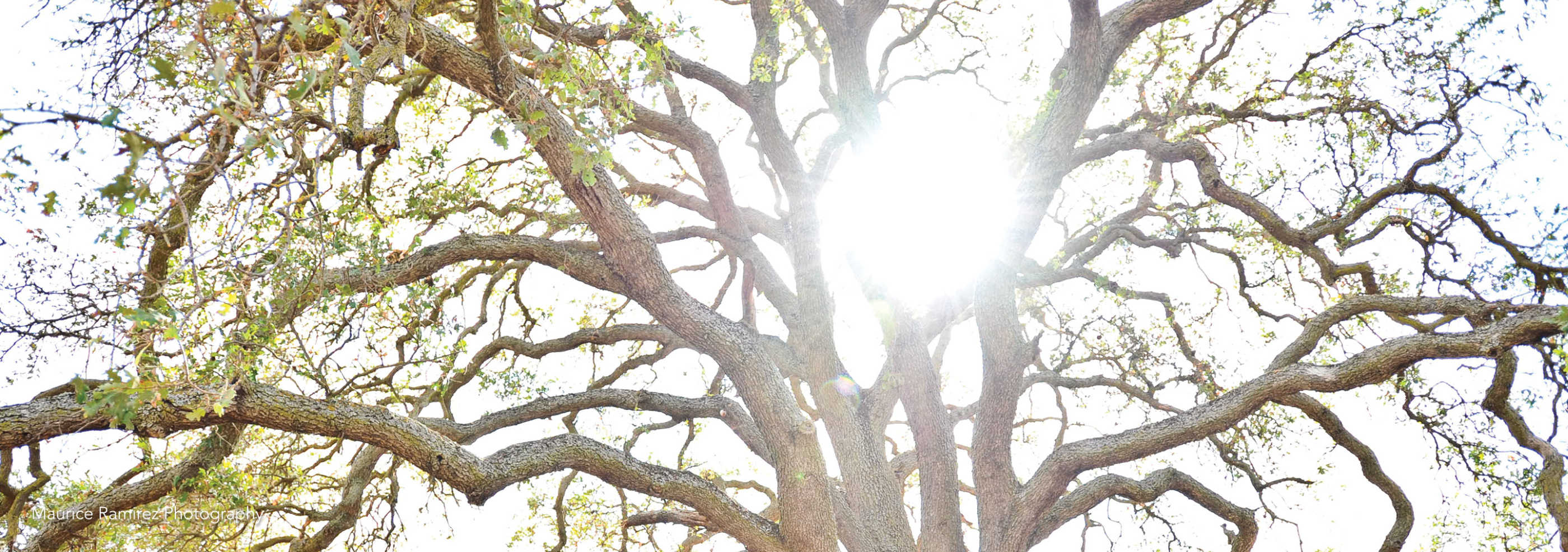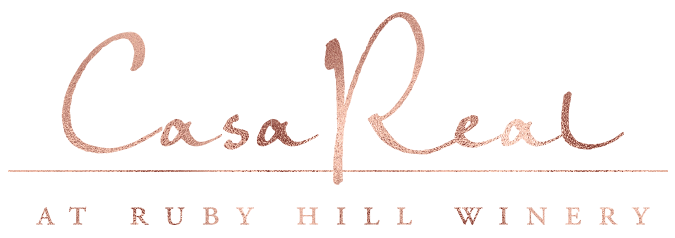
One of the oldest wine regions in California, Livermore Valley Wine Country has a venerable history and over 50 bonded wineries for visitors to explore. Click for a map of area wineries.
The area is blessed with gravely soil that “stresses” the vines to produce more flavorful fruit, and unique meso-climates produced from the Pacific Ocean and San Francisco Bay influences that lend the region its moderate, Mediterranean weather.
Originally home to the Ohlone Indians, and then to the San Jose Mission, the region was eventually given in a Spanish land grant to Robert Livermore in the early 1800s. Robert Livermore planted the first vineyard in the valley, harvesting grapes for low-grade table wine in 1849. Later, during the mid-1800’s gold was found in California and Livermore Valley became a stopping point for those headed to make their fortunes. In 1869 the town of Livermore was established in memory of the first winemaker, and landowner, of the region.
During the late 1800’s the esteemed Charles Wetmore, James Concannon and Carl Wente all planted their vineyards in the area. Charles Wetmore’s vineyard, Cresta Blanca Winery, went onto win the Grande Prix at the Paris International Exposition in 1889 out of 17,000 entries (Napa Valley would not be recognized by French judges until almost a hundred years later at the Paris Tasting in 1976), giving the valley notoriety on the International stage. James Concannon began production of sacramental wine that was to allow the winery to survive during the era of prohibition and Charles Wente began his own winery that today is distinguished as the oldest, continuously run family winery in the nation.
By the year 1900, there were 50 wineries and 5,000 acres of vineyard in the valley, however, this boon was not to last with the ratification in 1919 of the 18th Amendment to the U.S. Constitution, outlawing the sale of alcohol and severely limiting the number of wineries who were able to survive during this era. After prohibition, Livermore Valley began to again produce commercial wine and was the first region to label and market varietal wines in the mid-1930’s. The 1970’s saw the largest number of wineries in the area established – over 200 strong. This number diminished to only six by the late 1980’s and as housing continued to encroach upon agricultural land, Alameda County (along with the cities of Pleasanton and Livermore) undertook a multi-year planning process to save the wine country from excessive development. Out of this effort arose the South Livermore Valley plan, in which development must be combined with the preservation of agricultural areas, allowing for the incubation and growth of the wine industry.
Visitors to the area today are surprised to find over 40 wineries in an area that is as historically rich as the fertile ruby soil. Located between major attractions in the region include biking, hiking and wine tasting with friendly winemakers who interact with their customers and host a multitude of wine-related events throughout the year.
For further information on Livermore Valley Wine Country and/or to see a calendar of wine-related events, please refer to the Livermore Valley Winegrowers Association website.
For further tourist information and travel ideas, please refer to the Visit Tri-Valley website.






